Cashmere, with its unparalleled softness and luxurious feel, has been prized for centuries. And it is famous as one of the finest natural fibers in the world. From its humble beginnings in the remote regions of the Himalayas to becoming a symbol of elegance and prestige, this luxury fibre has a fascinating origin story. Hence, we will today delve into the history and origins of this fibre. We will be exploring its journey from the mountains to the global fashion industry.
The Discovery
The humble story begins in the mountainous regions of Central Asia, primarily in present-day Mongolia, China, and Iran. It was in these harsh terrains, where extreme temperatures prevailed, that the goat developed its unique fleece in order to withstand the cold. It is the nomadic communities who discovered Cashmere. This community inhabits the Himalayan and Central Asian regions. These communities, such as the Kashmiri people, Mongols, and Tibetans, recognized the exceptional qualities of the fibre. And they began utilizing it for their clothing needs.
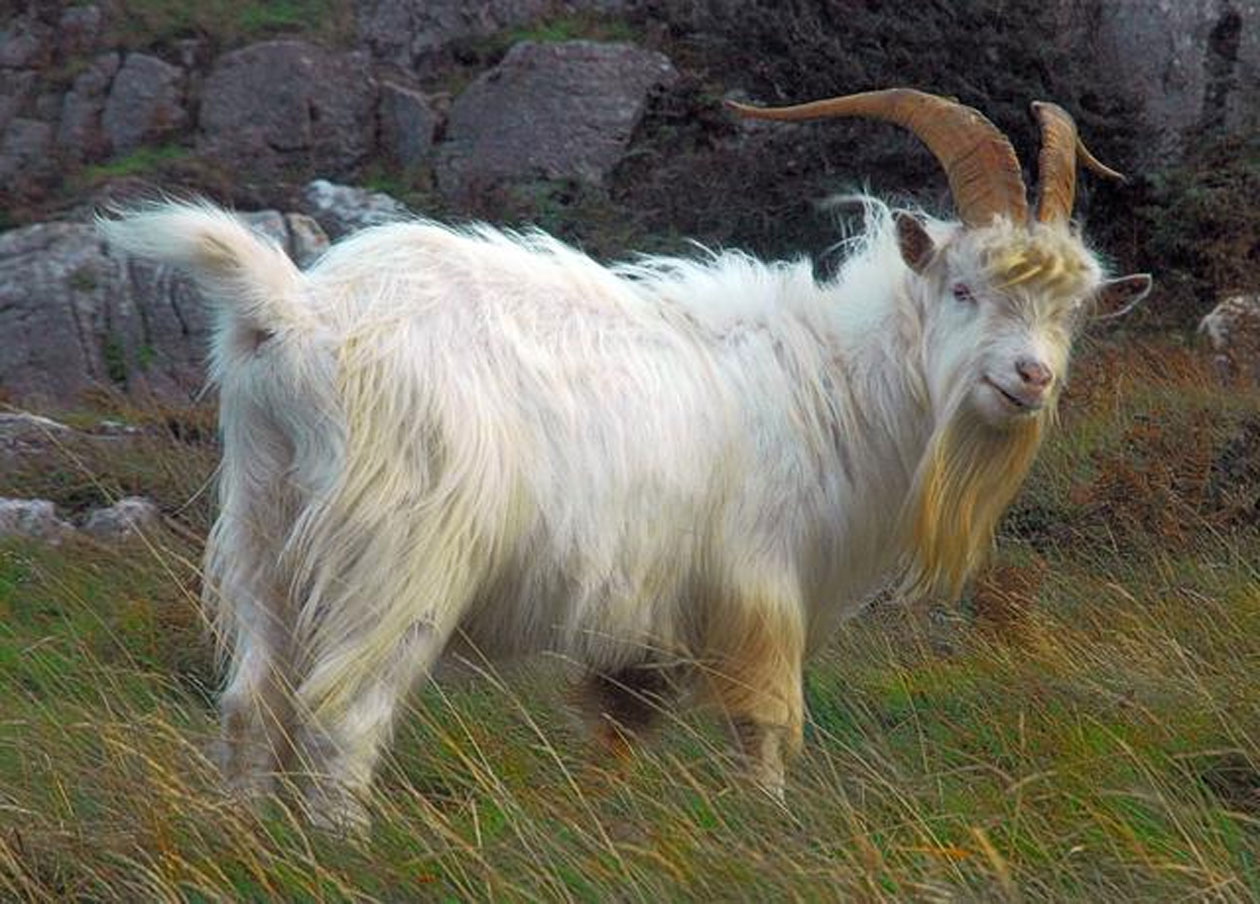
Cashmere goats adapt to harsh climates. In fact, the goats, specifically bred for their fine undercoat, have evolved over centuries. They have managed to survive in the challenging environments of the Himalayas. These goats possess a dual-layered coat. It has a coarse outer layer and a soft, insulating undercoat that grows during the winter months.
Cashmere fibre is rare. What makes it truly exceptional is the scarcity of the fine, downy undercoat. Each goat produces a limited amount of this precious fibre annually, typically during the spring molting season. This scarcity contributes to the exclusivity and desirability of garments.
The Art
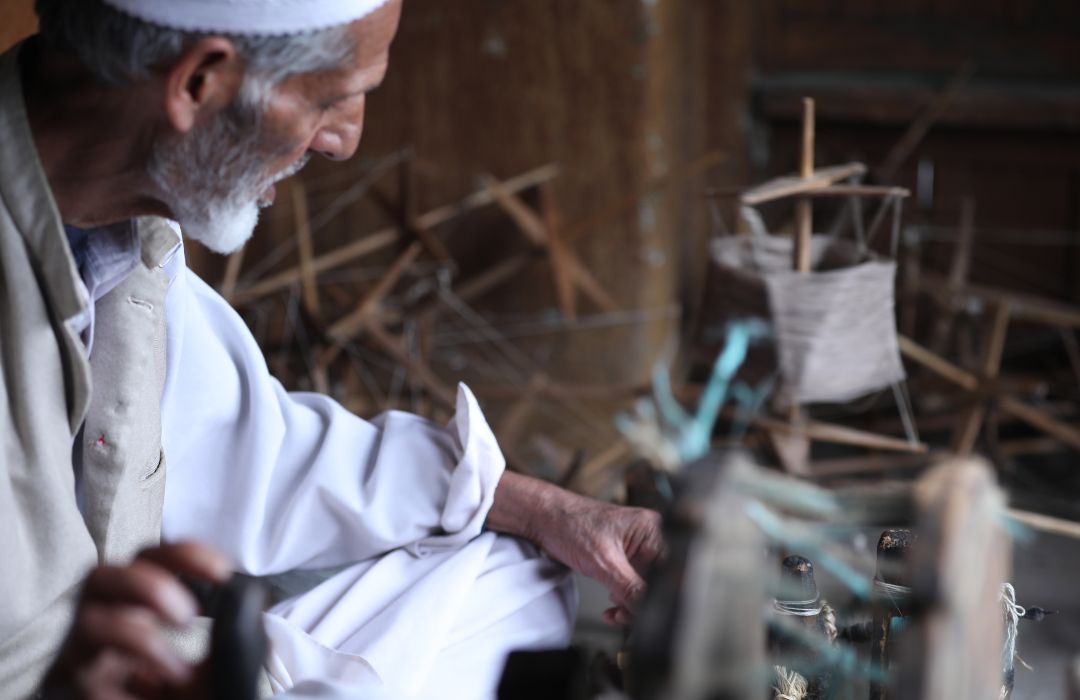
Cashmere fibres are meticulously hand-harvested from the underbellies and necks of the goats during the moulting season. The shedding process ensures that the fibres are obtained without causing harm or distress to the animals. Once the fibres are collected, they undergo a labour-intensive process of hand spinning. Skilled artisans carefully separate and spin the fibres into yarn using traditional spinning wheels or drop spindles. This yarn is then meticulously woven into the fabric, employing techniques passed down through generations.
Kashmir: The Epicenter of Cashmere Production
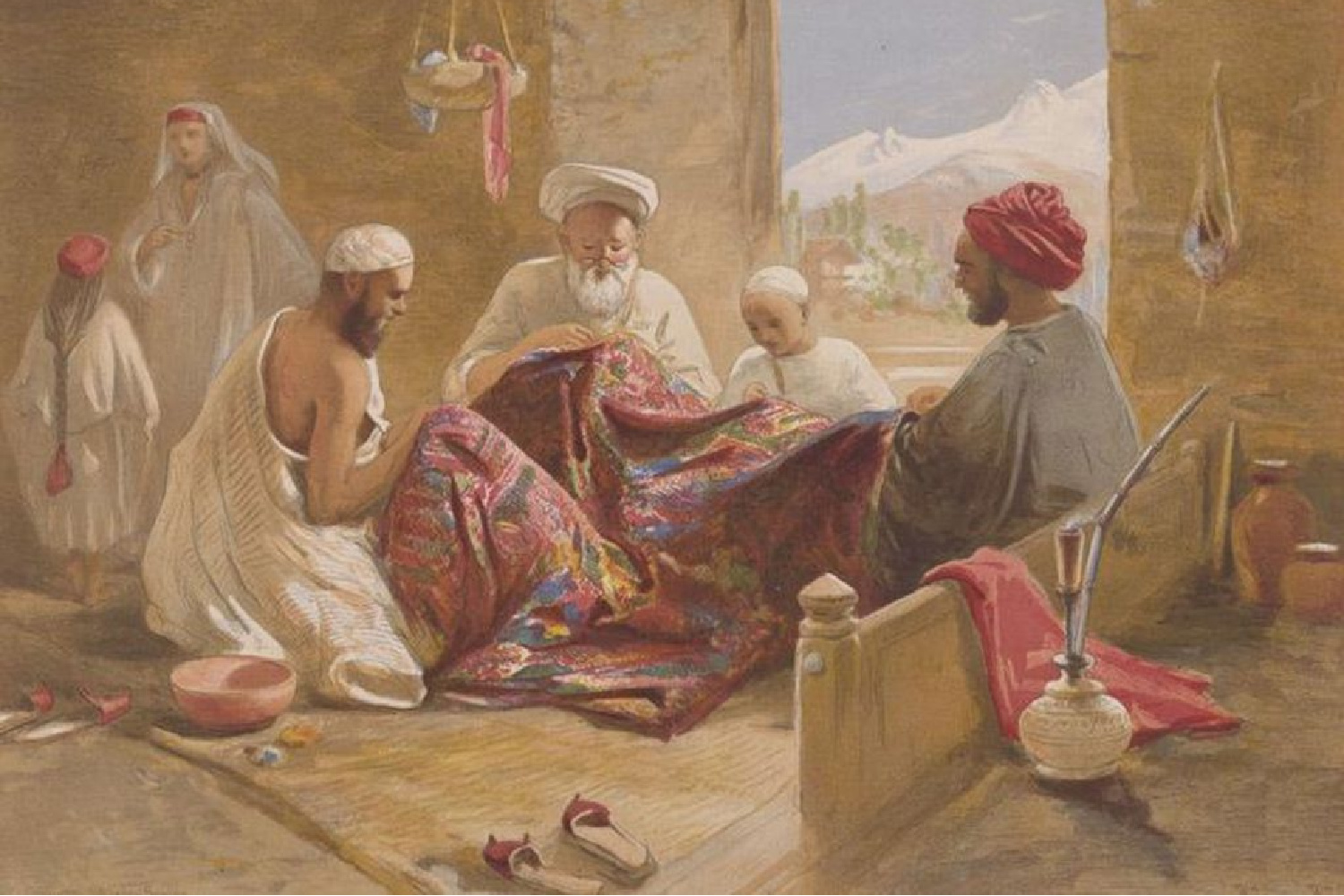
Kashmir, a picturesque region nestled in the Himalayas, has long been associated with the production of cashmere. The traditional craft of weaving and creating luxurious shawls has been a part of Kashmir's rich heritage for centuries.
The advent of the Mughal Empire in the 15th century brought a golden era for Kashmiri cashmere. Additionally, Mughal emperors, such as Akbar the Great and Emperor Shah Jahan, were avid patrons of the fine Kashmiri shawls. These became highly sought-after luxury items.
European Fascination
In the 18th century, European explorers and traders encountered exquisite shawls during their travels along the Silk Road. Fortunately, the unparalleled softness and intricate designs of these shawls captured the imagination of the Western world. Subsequently, this led to a surge in demand for cashmere.
Let's talk about the Industrial Revolution and Modern Production. With the advent of the Industrial Revolution, the production of fibre expanded beyond its traditional origins. Consequently, mechanized methods came to complement traditional craftsmanship. Hence this enabled larger-scale production and made cashmere more accessible to a wider audience.
Also read: PASHMINA AND MODERN FASHION
Sustainable Practices and Ethical Considerations
As the demand grew, concerns arose regarding the sustainability and welfare of cashmere goats. Hence, to address these concerns, responsible brands and organizations have implemented measures to ensure ethical sourcing practices. This includes supporting herders who prioritize the well-being of the goats and the environment.
The growing popularity of cashmere has raised awareness of its environmental impact. Sustainable initiatives are being implemented to minimize the ecological footprint of production. This includes promoting eco-friendly dyeing processes and supporting initiatives for reforestation and conservation.
When to wear cashmere?
When it comes to luxurious and comfortable fabrics, cashmere stands in a league of its own. Renowned for its softness, warmth, and lightweight nature, it is a winter wear. However, this prized fabric is much more versatile than we assume. But can we wear it all year round? From its unique properties to its adaptability in different climates, let's uncover how it can effortlessly transition from a winter staple to a year-round wardrobe essential.
Origin and Production
Cashmere comes from the soft undercoat of a goat, primarily found in regions such as Mongolia, China, and Iran. Known for their extreme cold weather conditions, these goats have evolved. They produce a dense and warm underlayer to protect themselves. Cashmere's luxurious feel come from the fine fibres that measure less than 19 microns in diameter. The fine texture makes it exceptionally soft against the skin, offering unparalleled comfort
The Warmth of Cashmere in Winter
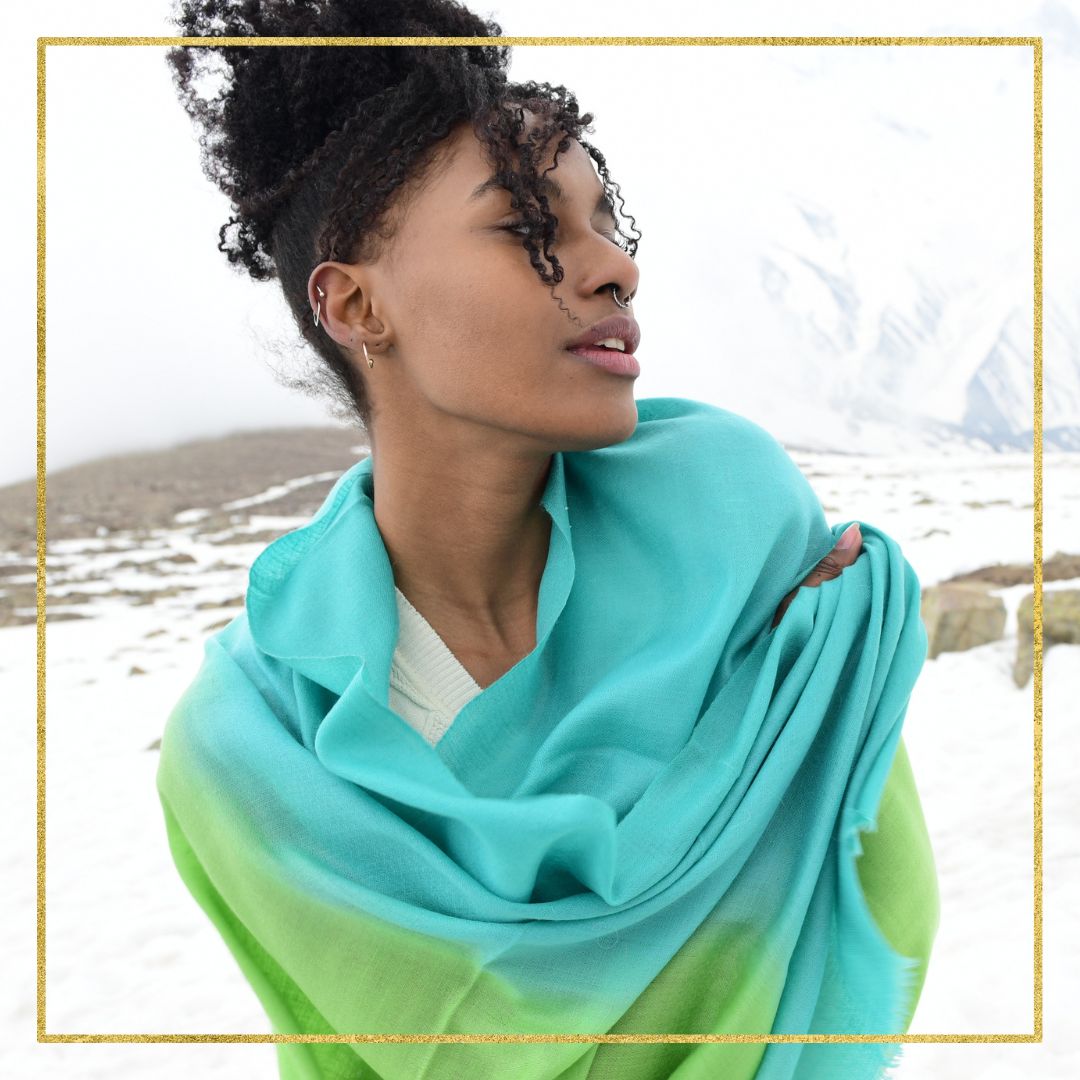
Cashmere is famous for its excellent insulation properties. The natural fibres trap air pockets, providing exceptional warmth in cold weather. The thermal regulation offered by Cashmere helps to retain body heat while keeping you comfortably snug. During the winter months, layering is key to staying warm. Its lightweight nature allows for effortless layering without feeling bulky or restricted. Whether it's a sweater, cardigan, or scarf, these pieces perfectly pair with other winter essentials. And one can create stylish and cozy outfits in an instant.
Breathability in Spring and Summer
Contrary to popular belief, Cashmere is a breathable fabric. The inherent moisture-wicking properties allow air to circulate, keeping you cool and dry during warmer months. The fibres have the ability to absorb moisture without feeling damp; making them a comfortable choice even in hot and humid climates.
As the temperatures rise, cashmere can be effortlessly incorporated into spring and summer outfits. Lightweight cardigans, shawls, and wraps are perfect for cooler evenings or air-conditioned environments. A cashmere top or a light sweater can be paired with skirts, jeans, or pants, creating chic and breathable ensembles.
Durability and Longevity
Cashmere may come with a higher price tag compared to other fabrics. But its durability and longevity make it a worthy investment. With proper care, high-quality cashmere garments can last for many years, offering a timeless addition to your wardrobe.
Caring for cashmere is relatively simple. Hand washing or dry cleaning, along with proper storage, helps maintain its softness and shape. By following the manufacturer's guidelines, you can ensure that your luxury pieces remain in excellent condition for years to come.
Sustainability and Ethical Considerations
Cashmere is a renewable and sustainable fibre. Cashmere goats produce a limited amount of undercoat each year, making it a natural and environmentally friendly material. To ensure ethical practices, it is important to support brands that prioritize animal welfare. Sellers should source their cashmere responsibly, adhering to proper farming and shearing practices that prioritize the well-being of the goats.
Also read: TURNING THE WAYS FOR THE PLEDGE OF FINEST CASHMERE
Concluding
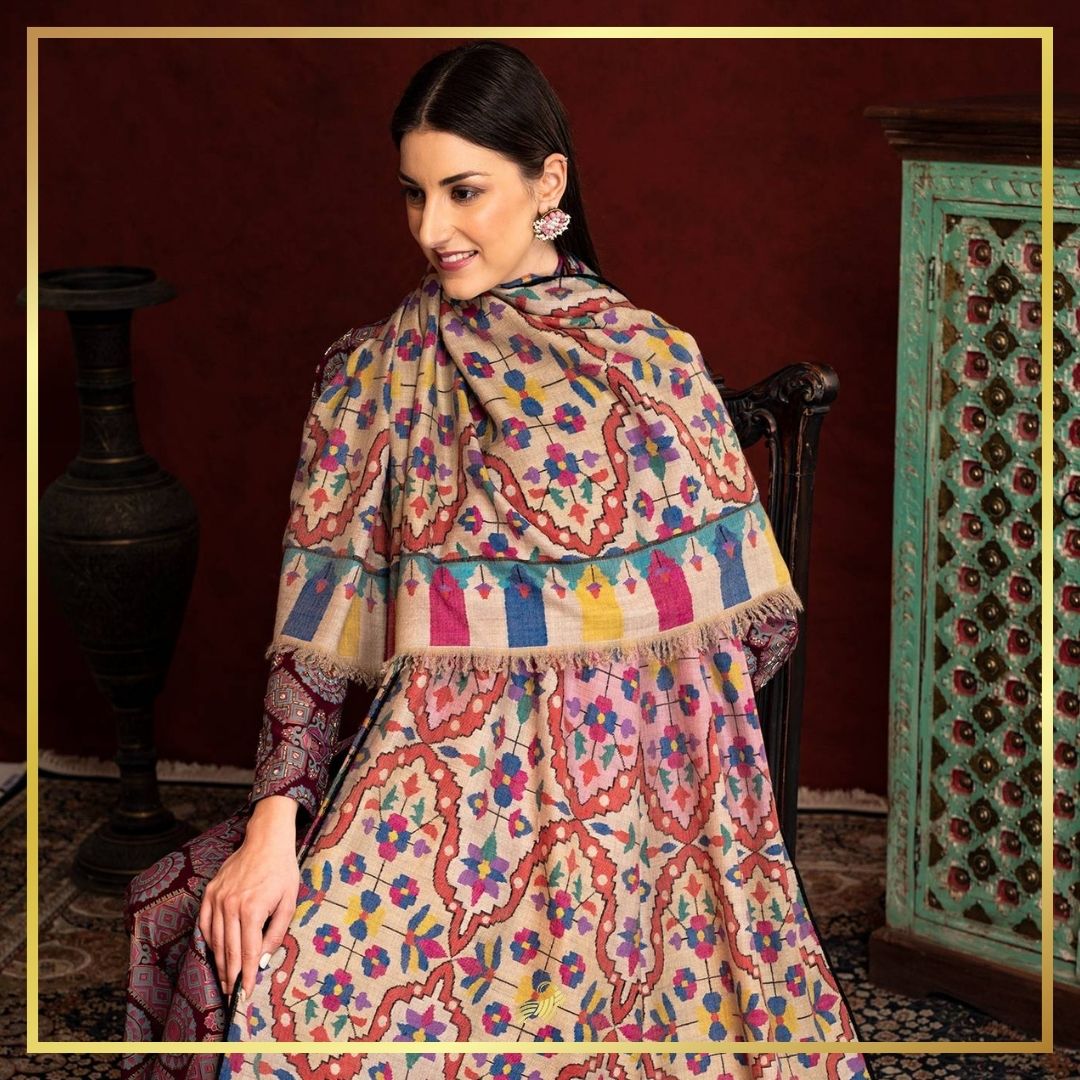
Cashmere's versatility extends far beyond the winter months. With its unparalleled softness, excellent insulation, breathability, and durability, cashmere can be worn comfortably and stylishly all year round. It keeps you warm in winter providing breathable comfort in spring and summer. Nonetheless, Cashmere is a timeless investment that offers endless possibilities for your wardrobe. By understanding the unique properties of this luxury fibre and choosing quality pieces from responsible sources, you can enjoy its luxury and comfort of it throughout the seasons.
Also read: IS CASHMERE THE SAME AS PASHMINA?